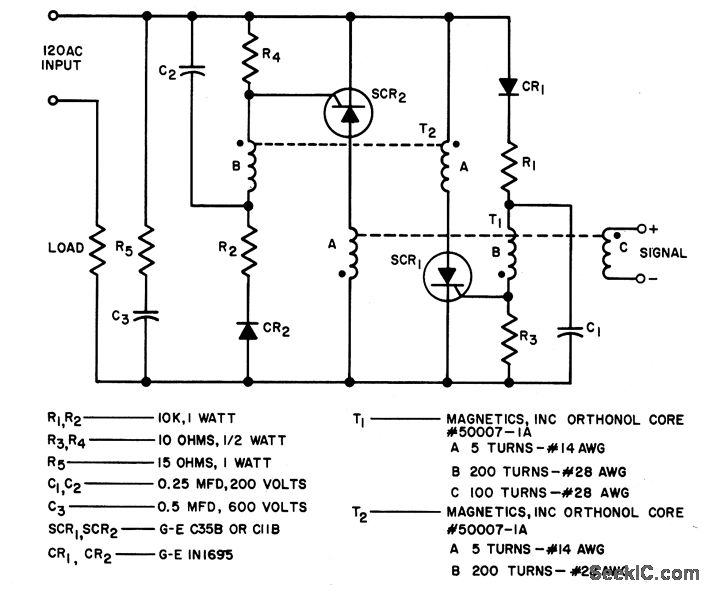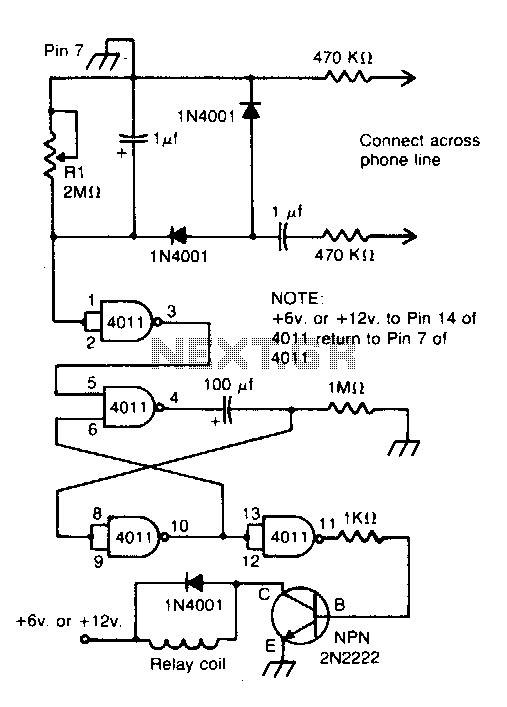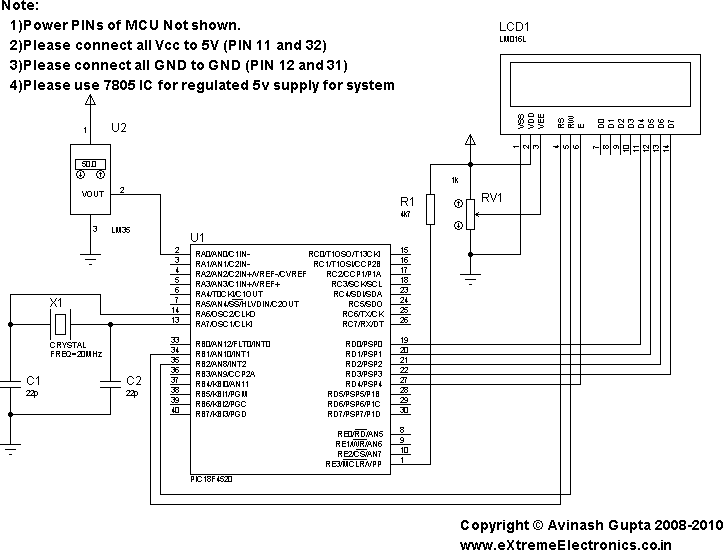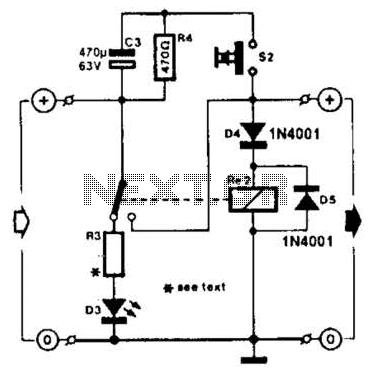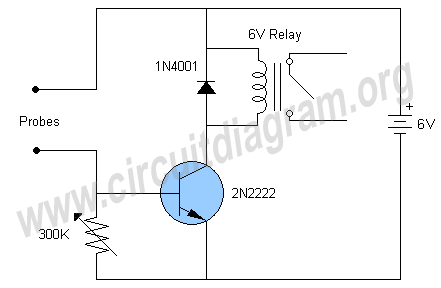
relay interfacing with spartan 3an fpga
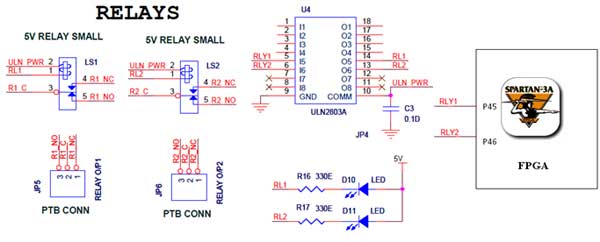
The Spartan-3an board features external 5V relay interfacing, as illustrated in the accompanying figure. The ULN2803 acts as a driver for the FPGA I/O lines, with the driver's outputs connected to the relay modules. A PTB connector is available for an external power supply if required.
The Spartan-3an board is designed for flexible interfacing with external components, particularly through its integration of relay modules. The use of the ULN2803, a high-voltage, high-current Darlington transistor array, allows for the effective control of multiple relays from the FPGA's I/O lines. Each output of the ULN2803 can sink a significant amount of current, making it suitable for driving relays that require higher power levels than the FPGA can provide directly.
In this configuration, the FPGA outputs are connected to the input pins of the ULN2803. When the FPGA sends a high signal to an input pin, the corresponding output pin of the ULN2803 goes low, activating the relay. This setup ensures that the relays can be controlled without risking damage to the FPGA, as the ULN2803 handles the higher current demands.
The PTB connector serves as an optional power supply input, allowing for the relays to be powered separately from the FPGA. This feature is particularly useful in applications where the relays need to operate independently or require a different voltage level than that provided by the FPGA board. The external power supply can be connected through this PTB connector, ensuring that the relays function reliably without drawing excessive power from the FPGA itself.
Overall, the Spartan-3an board's relay interfacing capabilities, combined with the ULN2803 driver and the PTB connector for external power, create a robust platform for various automation and control applications. This design facilitates the integration of the FPGA into systems requiring relay control, enhancing the board's versatility and usability in real-world applications.The Spartan-3an board has external 5v Relay interfacing, indicated as in Figure. ULN2803 is used as a driver for FPGA I/O lines, drivers output connected to relay modules. PTB connector provided for external power supply if needed. 🔗 External reference
The Spartan-3an board is designed for flexible interfacing with external components, particularly through its integration of relay modules. The use of the ULN2803, a high-voltage, high-current Darlington transistor array, allows for the effective control of multiple relays from the FPGA's I/O lines. Each output of the ULN2803 can sink a significant amount of current, making it suitable for driving relays that require higher power levels than the FPGA can provide directly.
In this configuration, the FPGA outputs are connected to the input pins of the ULN2803. When the FPGA sends a high signal to an input pin, the corresponding output pin of the ULN2803 goes low, activating the relay. This setup ensures that the relays can be controlled without risking damage to the FPGA, as the ULN2803 handles the higher current demands.
The PTB connector serves as an optional power supply input, allowing for the relays to be powered separately from the FPGA. This feature is particularly useful in applications where the relays need to operate independently or require a different voltage level than that provided by the FPGA board. The external power supply can be connected through this PTB connector, ensuring that the relays function reliably without drawing excessive power from the FPGA itself.
Overall, the Spartan-3an board's relay interfacing capabilities, combined with the ULN2803 driver and the PTB connector for external power, create a robust platform for various automation and control applications. This design facilitates the integration of the FPGA into systems requiring relay control, enhancing the board's versatility and usability in real-world applications.The Spartan-3an board has external 5v Relay interfacing, indicated as in Figure. ULN2803 is used as a driver for FPGA I/O lines, drivers output connected to relay modules. PTB connector provided for external power supply if needed. 🔗 External reference
